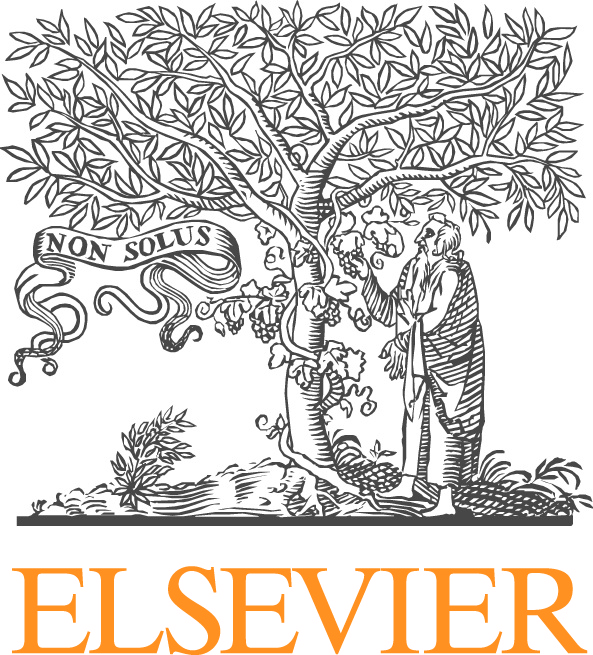Folds, Twists and Bends: Differential Growth-Induced Morphology in Biology and Physics
Krishna Garikipati, University of Michigan
Ellen Kuhl, Stanford University
Morphological changes are central to the development of forms in biology and physics. Examples include the developing embryo; folding of the brain's surface and packing of the small intestine; the intricate shapes of horns, tusks, antlers and shells; the curvature of leaf surfaces; the curvature and helicity of stems; surface evolution in alloys; swelling of polymers among many others. Such morphology can be modeled as the mechanical equilibrium states corresponding to differential growth between either adjacent neighborhoods or coexistent phases. Some investigators favor a mathematically equivalent treatment in terms of an evolving metric.
We invite submissions addressing any of these problems, and others that fit the above description. While the mathematical formulations, computational treatments and numerical methods are of obvious interest, connections to experiments would be very compelling also.
We invite submissions addressing any of these problems, and others that fit the above description. While the mathematical formulations, computational treatments and numerical methods are of obvious interest, connections to experiments would be very compelling also.





